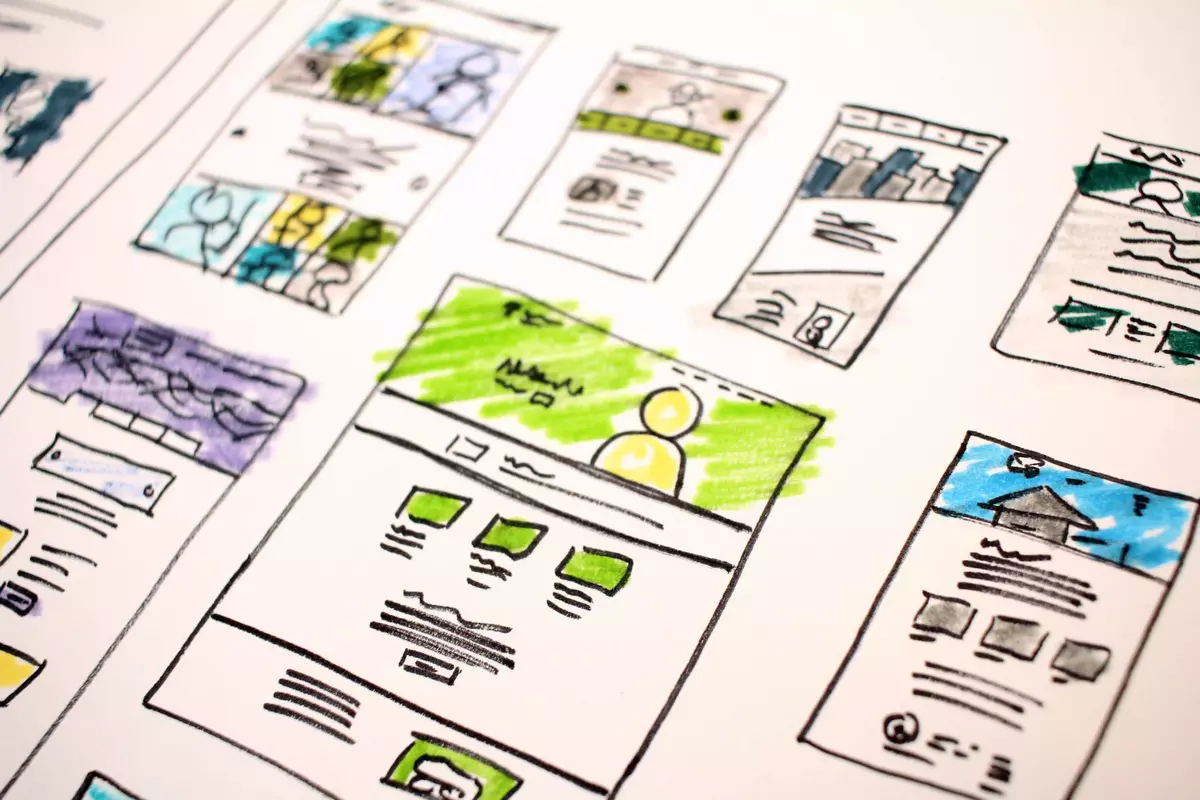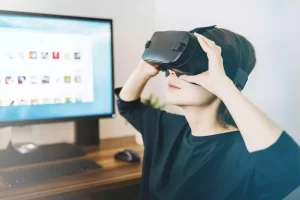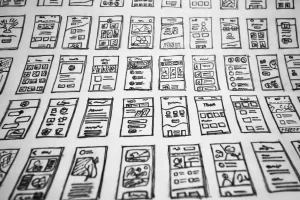1. Increasing User Engagement
Animation in web design can transform a browsing experience on a website into a captivating and memorable one. When elements like buttons, images, or text move in a pleasant and interactive manner, users are more likely to stay on the site and explore the content. This increased engagement can lead to a significant boost in conversion rates and time spent on the site. For example, scroll animations can guide users through page content, helping them discover more information. Additionally, animations upon interacting with site elements can make them seem more responsive and intuitive, enhancing the user experience.
2. Efficiently Conveying Complex Information
Another crucial aspect of animation in web design is its ability to convey complex information in an easily understandable way. Sometimes, complicated concepts or processes can be challenging to explain with text or static images. Animation comes to the rescue by providing a visual way to illustrate abstract concepts or processes. For instance, in an animated presentation, graphics and diagrams can be used to explain how a product or service works. This can make understanding quicker and clearer for users. Moreover, animation can create interactive stories that convey complex messages or information in an engaging and memorable manner.
3. Boosting Brand and Visual Identity
Animation can also play a pivotal role in solidifying a company’s brand and visual identity. Creating distinctive and fitting animations can help establish a unique footprint for a website. This can contribute to brand recognition and differentiation from competitors. For instance, many companies use specific animations for their logos or for design elements that are characteristic of their brand. This helps reinforce visual consistency and build a strong brand image.
4. Adaptability for Mobile Devices
With an increasing number of users accessing websites from mobile devices, animation can be an efficient way to adapt content for various screens and sizes. Animating elements can make navigation easier and more intuitive on smaller screens without sacrificing the quality of the user experience. Using modern web technologies like HTML5 and CSS3, animations can be created to be responsive and mobile-friendly. This means your website can offer an optimal experience across all platforms, which is essential for catering to mobile users’ needs.
5. SEO Optimization
To reap the maximum benefits of animation in web design, it’s important to consider search engine optimization (SEO). The better optimized your site is, the more visible it will be in search results, potentially bringing more users to your site. To optimize animations, ensure they don’t add significant page load times. Use video file formats or animations with efficient compression to keep load times to a minimum. Additionally, make sure animations are accessible and indexable by search engines by adding descriptions and alt texts where necessary.
Animation plays a significant role in web design, positively impacting user engagement and the conveyance of complex information. With so many benefits, it’s important to use animation strategically to enhance the user experience and differentiate yourself from competitors. With careful consideration and proper SEO optimization, animation can be a powerful tool for website development.
Learn about AI-Enhanced Animation in Web Design
Follow us on social media:
Instagram: https://www.instagram.com/securemenow/
Facebook: https://www.facebook.com/securmenow
We offer Web Design and WEB AI services. Contact us







